Six European rewilding initiatives joined the European Rewilding Network in 2019. Their scale and diversity illustrate the recently refocused network’s potential for fostering collaboration and amplifying results.
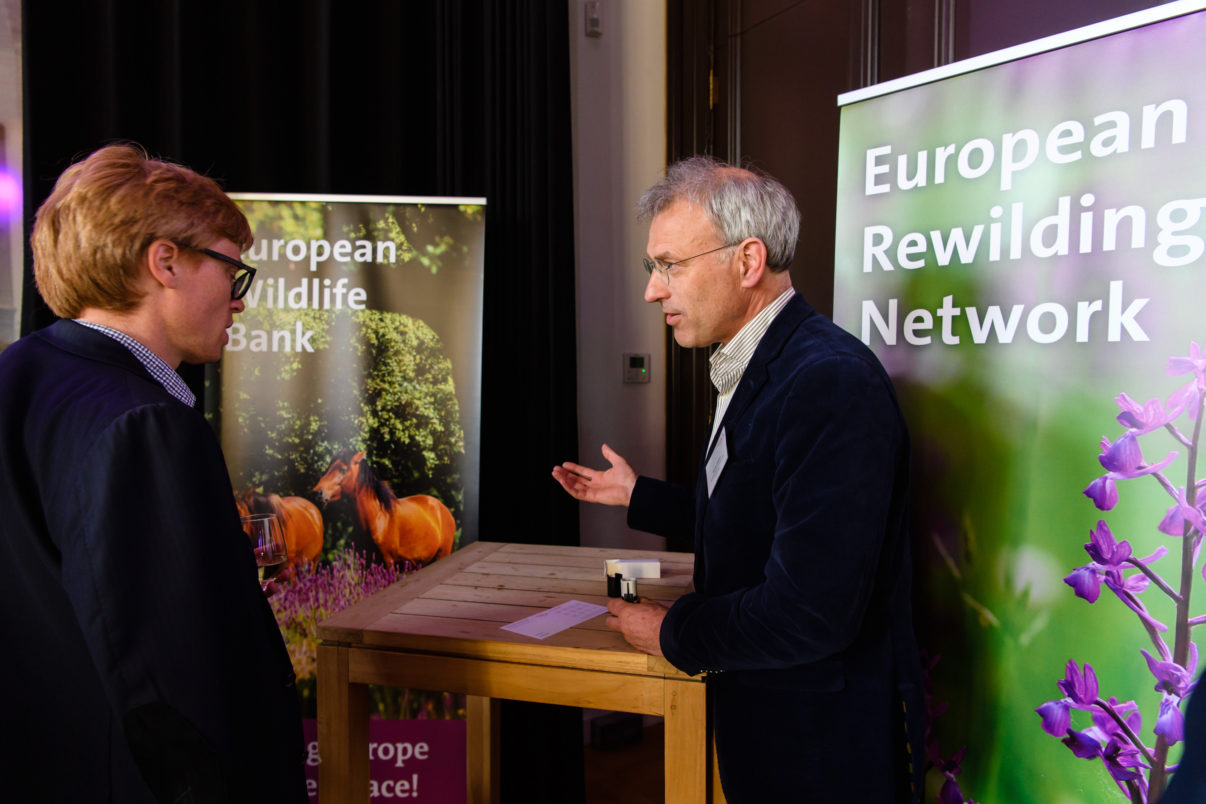
Enhancing impact
What does an initiative to acquire and rewild 53 square kilometres of drained fenland in eastern England have in common with an innovative French project to restore marine fish populations? The answer: they both joined the European Rewilding Network (ERN) in 2019, together with a wide range of other new members (see boxout below).
From its foundation in 2013, Rewilding Europe’s ERN has grown into an incredibly diverse collection of projects and initiatives, each focused on one or more aspects of European rewilding. The overall concept: to enhance the rewilding impact of each member by facilitating the exchange of knowledge and expertise.
“The ultimate goal of the ERN is to support the mainstreaming of rewilding as a conservation approach in Europe,” explains Mei Elderadzi, Rewilding Europe’s ERN Coordinator. “By sharing insight, communicating results and developing solutions together, network members are in a far stronger position to bring about positive change.”
ERN 2.0
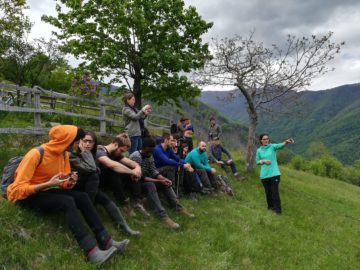
With the ERN now entering its eighth year, the focus of the network is shifting away from growth, with far more emphasis on providing support for practical, result-oriented rewilding. New, more diversified admission criteria, aligned with Rewilding Europe’s main objectives, are underpinning this transition.
As part of Rewilding Europe’s recently approved growth scenario (Outlook 2025), the ambition going forwards is to develop it from a virtual network into a functioning rewilding community, with Rewilding Europe playing a coordinating role. This will involve boosting the ERN’s level of interaction, scope, and online presence.
“With these new, stronger criteria we really want to engage the fantastic array of rewilding-related initiatives that are now developing across Europe, and to help them deliver tangible results more effectively,” explains Raquel Filgueiras, Rewilding Europe’s Head of Rewilding. “In addition to regular ERN webinars, the aim is to organize far more site visits and training sessions.”
Scaling up
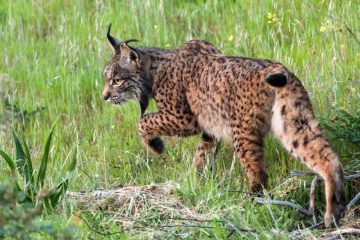
The ERN has displayed impressive growth since its launch at WILD10, the World Wilderness Congress held in Salamanca in October 2013. Membership has been revised slightly downward following recent application of the new ERN criteria, but the network, which still contains over 50 members, is expected to grow again in 2020.
ERN project areas vary in size, ranging from small private reserves through to complete national parks. Some are sited close to human habitation, while others are found in remote corners of Europe. Most members are a currently working on the large-scale restoration of natural processes in different habitats (such as rivers, forests and mosaic landscapes), the development of nature-based enterprises (involving activities such as wildlife watching or wild camping), or supporting the comeback of locally extinct or endangered key wildlife species (such as lynx, bears or brown trout).
New to the network
The following members all joined the ERN in 2019.
- Uist Forest Retreat
A nature-based tourism startup located on the island of North Uist, in northwest Scotland’s Outer Hebrides archipelago. - Biorestore
This French project involves restocking wild fish populations – which may be threatened by factors such as overfishing, coastal artificialization or pollution – through an innovative method based on the lifecycle of coastal fish. - Living on the Edge
An Austrian multimedia initiative focused on raising awareness of large predators in Central Europe and promoting the co-existence of humans, wildlife and wild nature. - LIFE Lynx
A LIFE project working to conserve and enhance the Eurasian lynx population of the Dinaric Alps of Slovenia and Croatia. - Wicken Fen
Located in Cambridgeshire in eastern England, the 100-year Wicken Fen Vision project is working to acquire and rewild 53 square kilometres of drained fenland. - Rewilding Lankälven
By restoring the degraded River Lankälven in Sweden, the Rewilding Lankälven project is also looking to stimulate and support activities based on local nature and culture.
Capacity building
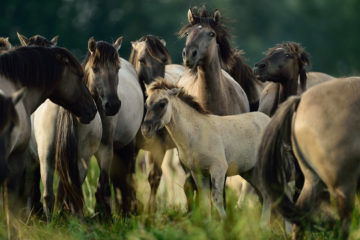
As ERN membership grows, so the level of interaction across the network is growing too. ERN members meet regularly – usually via webinar – to offer advice and discuss lessons learned, which broadens knowledge and stimulates ongoing rewilding efforts.
Every year up to five web-based seminars (webinars) are organized addressing specific rewilding topics. Each webinar attracts between 10 and 20 ERN members from across Europe – two present their case to others, which then sparks questions and lively debate. This often results in members contacting (and visiting) each other after the webinar is over. Webinar topics discussed in 2019 were how to communicate rewilding, using Rewilding Europe Capital (Rewilding Europe’s enterprise loan facility), and dam removal in Europe.
In addition to being able to tap into a vast pool of knowledge and information, ERN members also have access to funding opportunities through Rewilding Europe Capital and assistance with the reintroduction and restocking of keystone herbivore species through the European Wildlife Bank.
Future focus
With sustained growth over the last seven years, the ERN has already played a significant role in amplifying rewilding outcomes across Europe. Going forwards, the network will continue to develop and enhance capacity building and shared learning across Europe, with a particular focus on Central and Eastern Europe.
This year the digital ERN hub will be modernized, providing a more streamlined, interactive platform that can grow together with the network and its needs. The number of physical exchanges between ERN members will increase.
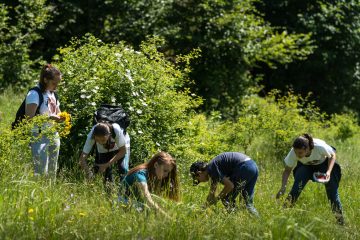
Meanwhile, the “ERN Bridge”, a regularly updated database of international students interested in volunteering or engaging in internships on various rewilding-related topics, will also be developed. This increasingly popular tool allows Rewilding Europe to match candidates with the needs of ERN members and other partners, and to familiarise European youth with the nature conservation market.
“Rewilding in Europe has already come a long way,” says Mei Elderadzi. “By creating a vibrant, proactive, hugely supportive rewilding community, the ERN has a vital role to play in furthering that growth.”
Want to know more?
Much of this article was taken from a longer story entitled “A Vibrant Network”, which featured in Rewilding Europe’s Annual Review 2018. We invite you to view this beautiful 88-page publication, which contains a wide range of insightful feature stories, stunning photography and illustrative infographics, showcasing the progress made in our own rewilding areas and the growth of Europe’s rewilding movement in 2018.
- The European Rewilding Network
- Read more about the revised ERN admission criteria
Order your hard copy
A free hard copy of the Rewilding Europe Annual Review 2018 can be ordered below (regrettably we are unable to cover shipping costs).
